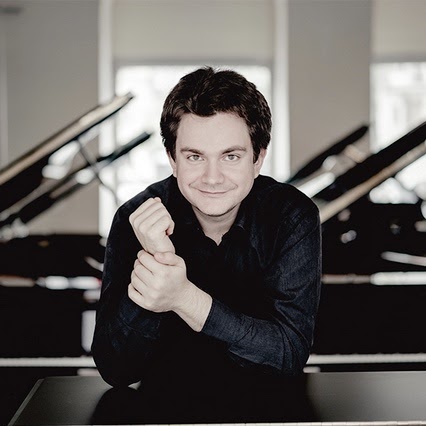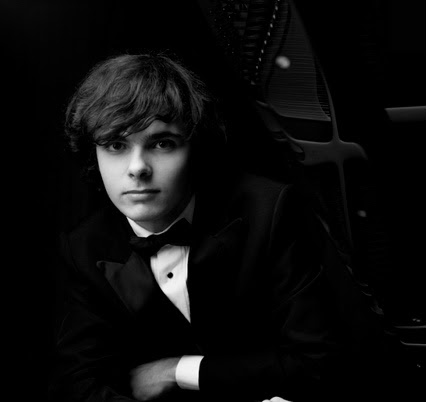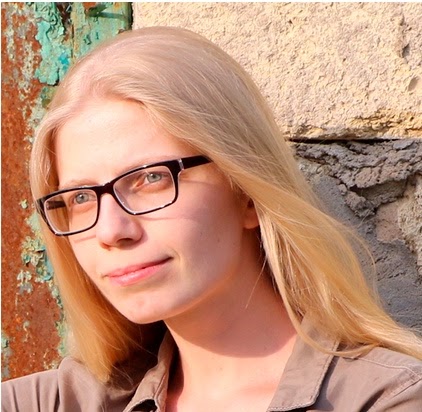by Stephanie Manning

Lopatynsky’s final work was Stravinsky’s Trois Mouvements de Petrouchka. The crunchy dissonances and sudden spikes of energy require an element of flexibility that the pianist certainly delivered. He kept the piece feeling characteristically unpredictable throughout the variable emotions of the first and second movements and maintained a frenetic energy through the technical challenges of the third.

García embraced the dream-like feeling of Scriabin’s Sonata No. 4 in F-sharp, Op. 30 before facing his biggest technical challenge of the program in the second movement, which he performed with conviction and clear phrasing.

The pianist paired the Beethoven with Messiaen’s “Noël” from Vingt regards sur l’enfant-Jésus. A radically different piece, Messian’s chord clusters and uneven rhythms made for an unsettling mood. Andreeva dug into the work’s mystery and contradictions in her compelling performance.

Kim highlighted her affinity for the Romantic in her second piece, Rachmaninoff’s Sonata No. 2 in b-flat, Op. 36 (1931 version). Her intensity and dynamic range were commendable, particularly in the opening. The pianist’s gorgeous second movement made for a compelling contrast to the piece’s triumphant, virtuosic finale.
Published on ClevelandClassical.com July 24, 2021.
Click here for a printable copy of this article



